From Riverside to Countryside, an Unforgettable Barnard Castle Walk
Begin your Barnard Castle walk with roadside parking available near the road bridge crossing the River Tees. The spaces are situated on the eastern riverbank, directly below the castle walls to the west of the town centre. Start by crossing the River Tees, then briefly join the A67, followed by a short stint on the B6277. Soon after, turn right onto the Teesdale Way, a celebrated long-distance national trail.
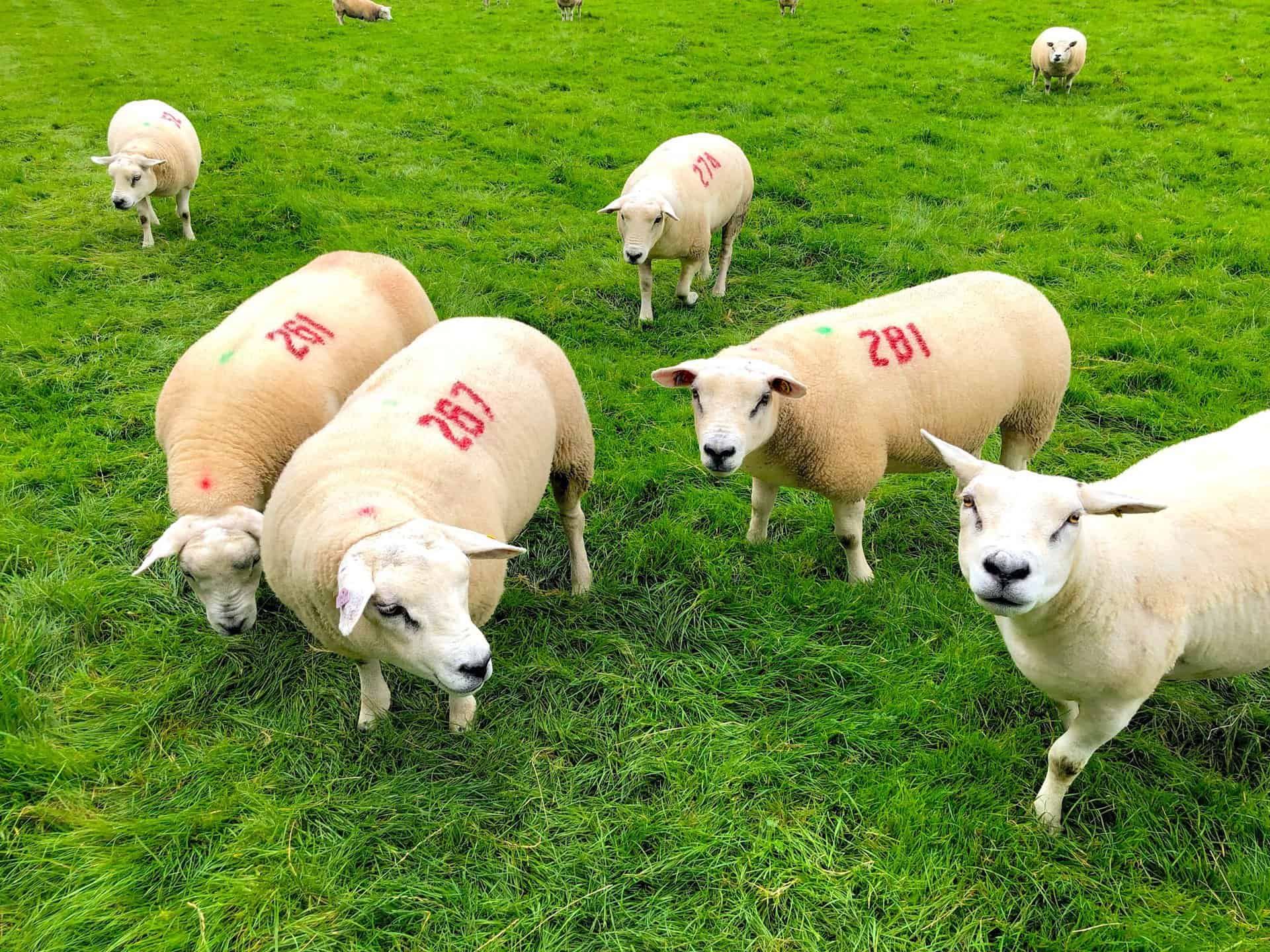
Progress north-west along the Teesdale Way initially, but make a worthwhile detour to explore the charming village of Cotherstone. Subsequently, rejoin the Teesdale Way and continue in a north-westerly direction towards Romaldkirk, the next picturesque village on your route. From Romaldkirk, head north across the open countryside, again tracing the national trail, until you cross the River Tees at Eggleston Bridge. Just after the bridge, veer right to re-embark on the Teesdale Way for the homeward stretch.
On your return, initially distance yourself from the river as you traverse the countryside towards East Barnley. Then, meander towards Shipley Wood, skirting its edge to reach Marwood Caravan Park. Maintain your course alongside the river, following the Teesdale Way’s clear path all the way back to your starting point in Barnard Castle. This 13-mile Barnard Castle walk is anticipated to take around six hours, offering a delightful experience along both the southern and northern banks of the River Tees.
Barnard Castle Walk: Maps and Tools
Visit either the OS Maps website or the Outdooractive website to view this walking route in greater detail. Both platforms offer a range of features, including the ability to print the route, download it to your device, and export the route as a GPX file. You can also watch a 3D fly-over and share the route on social media.
Barnard Castle Walk: Distance, Duration, Statistics
Distance: 13¼ miles
Distance: 21¼ kilometres
Duration: 6 hours
Ascent: 1568 feet
Ascent: 478 metres
Type: Circular walk
About Barnard Castle
Barnard Castle is a quintessential market town steeped in history, nestled on the north bank of the River Tees in County Durham, England. This town, often affectionately referred to as ‘Barney’ by locals, is not only famous for its picturesque landscapes and medieval castle ruins but also for a rich cultural heritage that has attracted visitors from around the globe. The blend of historical charm and contemporary culture makes Barnard Castle a unique and intriguing place to explore.
Geography and Location
Barnard Castle’s strategic location on the River Tees provides a natural charm, with breathtaking views and a tranquil setting. Situated 21 miles south-west of Durham, the county town, Barnard Castle serves as a gateway to the Yorkshire Dales and the North Pennines, offering a mix of rural beauty and historic intrigue. The town is conveniently located near several other notable towns – Bishop Auckland to the north-east, Darlington to the east, and Richmond in North Yorkshire to the south-east, making it a pivotal point for exploring the rich landscapes and heritage of the region.
History
The history of Barnard Castle stretches back to the period before the Norman conquest, with its development significantly influenced by the tumultuous events of the post-conquest era. The construction of Barnard Castle in the 12th century by Bernard de Balliol marked the beginning of the town’s emergence as a focal point of power and governance in the region. The castle’s strategic importance was underscored by its subsequent owners, including Richard Neville, the Earl of Warwick, and King Richard III, whose ties to the castle add layers of historical depth. The legacy of John Bowes and the establishment of the Bowes Museum further enrich the town’s historical narrative, linking it to broader national and cultural developments.
Cultural and Tourist Attractions
At the heart of Barnard Castle’s cultural landscape is the Bowes Museum, an architectural marvel housing an exceptional collection of fine arts, including masterpieces by Goya and El Greco, and the enchanting 18th-century Silver Swan automaton. The museum, alongside the Grade I listed ruins of Barnard Castle and the Grade II listed chapel, offers a glimpse into the rich tapestry of England’s heritage, preserved under the stewardship of English Heritage. These attractions, coupled with the town’s ancient streets and modern amenities, create a compelling mix of the past and present, catering to a wide range of interests and curiosities. Why not visit some of these attractions after completing my Barnard Castle walk?
Notable Visitors
Over the years, Barnard Castle has played host to a myriad of historical figures and celebrities, including the literary giants Walter Scott, Charles Dickens, and William Wordsworth, whose visits have been immortalised in their works and anecdotes. The town’s unique charm and historical significance have made it a magnet for artists, writers, and thinkers. The recent spotlight on Barnard Castle during the 2020 incident involving Dominic Cummings brought a new wave of national attention, highlighting the town’s enduring relevance and the public’s fascination with its heritage and beauty.
Governance
Barnard Castle operates under a local governance structure that plays a crucial role in the town’s administration and community life. The heart of this structure is the Town Council, which oversees various local matters, including planning, community events, and environmental concerns. The council is also responsible for electing a ceremonial Town Mayor annually, a role that embodies the town’s heritage and civic pride. This figurehead represents Barnard Castle at official events and ceremonies, furthering the town’s interests and community cohesion.
The town falls within the Bishop Auckland parliamentary constituency, linking it to the broader national political landscape. It is represented in the House of Commons, ensuring Barnard Castle’s needs and perspectives are voiced at the national level. Local policing services are provided by Durham Constabulary, with the town serving as the base for the Barnard Castle division. This division covers a wide area, demonstrating the town’s importance as a hub for law enforcement and community safety in the region.
Economy
GlaxoSmithKline (GSK) stands as Barnard Castle’s most significant employer, operating a large pharmaceutical manufacturing plant on the outskirts of the town. This facility not only provides employment for around 1000 people but also plays a pivotal role in the local and regional economy. GSK’s investment, which totals £80 million since 2007, underscores the company’s commitment to Barnard Castle and its community, fostering economic growth and stability in the area.
Transport
Barnard Castle boasts a well-connected transport network that facilitates easy access to and from the town. Road connections are particularly strong, with the A67 and A688 linking the town to Darlington, Bishop Auckland, and beyond, ensuring seamless travel for residents and visitors alike. The historical significance of Barnard Castle’s railway station, now closed, is remembered through the town’s rich transportation history.
Current bus services, provided by Arriva North East and Hodgsons Coaches, offer regular routes connecting Barnard Castle with Darlington, Richmond, and other surrounding areas. These services ensure the town remains accessible and well-integrated into the region’s broader transport infrastructure.
Education
Education in Barnard Castle is well-catered for, with several institutions serving the needs of local families. Barnard Castle School, an independent co-educational boarding school, and Teesdale School, an 11-18 comprehensive school, are prominent educational establishments offering a wide range of academic and extracurricular activities. Additionally, the town is home to three primary schools – Green Lane, St Mary’s Roman Catholic School, and Montalbo Primary School and Nursery – each providing a supportive and enriching environment for younger learners.
Culture and Events
The Bowes Museum is a cornerstone of Barnard Castle’s cultural scene, housing an impressive collection of fine arts in a magnificent French chateau-style building. This national treasure attracts visitors from across the country, drawn by its exhibitions of works by renowned artists and the mechanical marvel that is the Silver Swan automaton.
The Witham Arts Centre, located in the heart of the town, is a vibrant venue offering a diverse range of events, from drama and cinema to music and spoken word, alongside serving as the town’s visitor information centre. The Barnard Castle Meet, an annual carnival festival held during the second bank holiday weekend in May, epitomises the town’s community spirit and cultural vitality. This event, with its grand procession and array of activities, has become a highlight of the local calendar.
The TCR Hub and the Barnard Castle Band further enrich the town’s cultural offerings, providing a platform for creativity, learning, and entertainment. These institutions, along with the annual Meet, ensure that Barnard Castle remains a lively and engaging community for residents and visitors alike.
Recommended Ordnance Survey Map
The best map to use on this walk is the Ordnance Survey map of the North Pennines, reference OS Explorer OL31, scale 1:25,000. It clearly displays footpaths, rights of way, open access land and vegetation on the ground, making it ideal for walking, running and hiking. The map can be purchased from Amazon in either a standard, paper version or a weatherproof, laminated version, as shown below.
Barnard Castle Walk: My Photos
The River Tees, viewed from Barnard Castle Bridge, marks the beginning of this Barnard Castle walk.
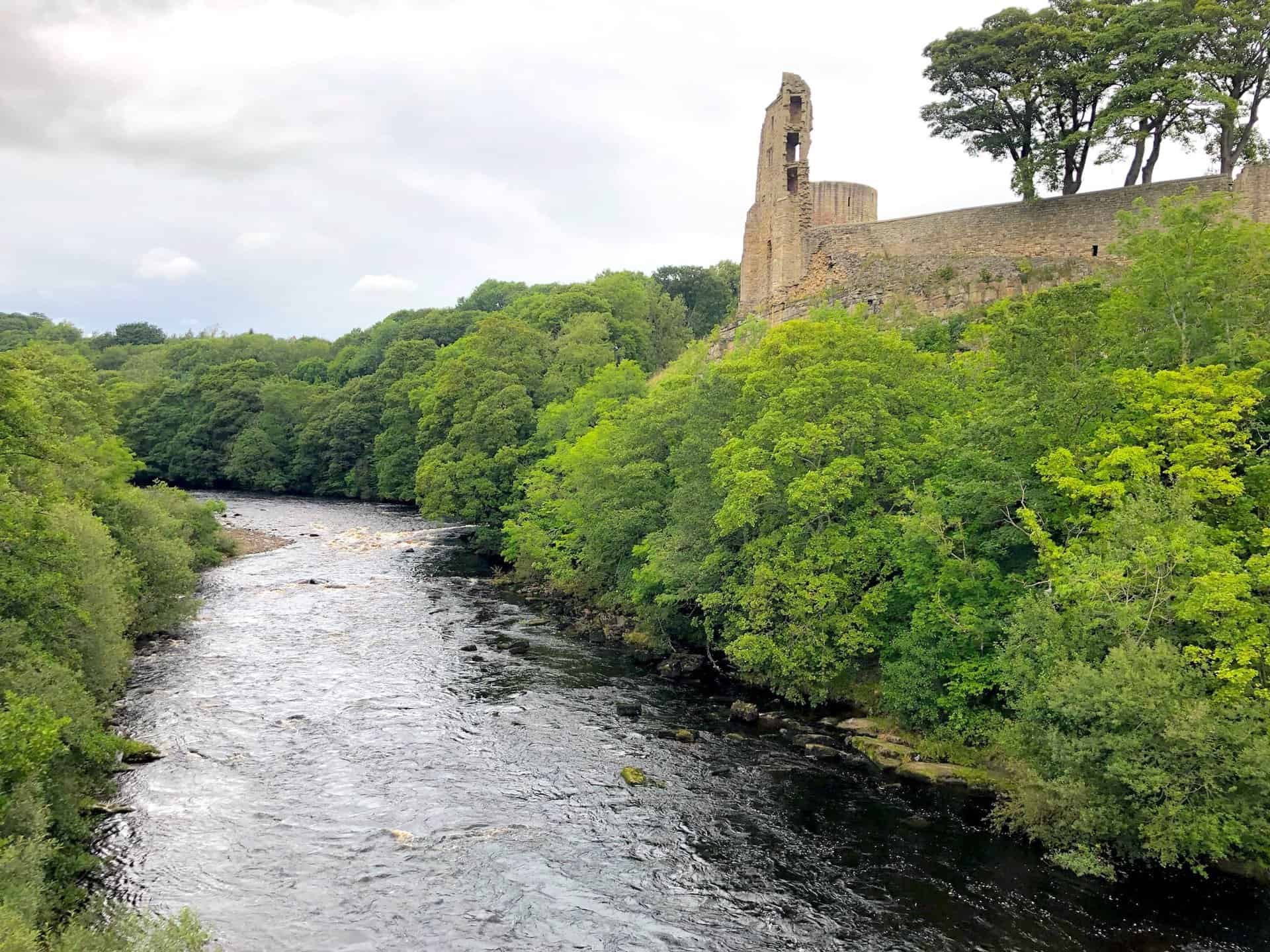
The 12th-century castle in Barnard Castle town centre.
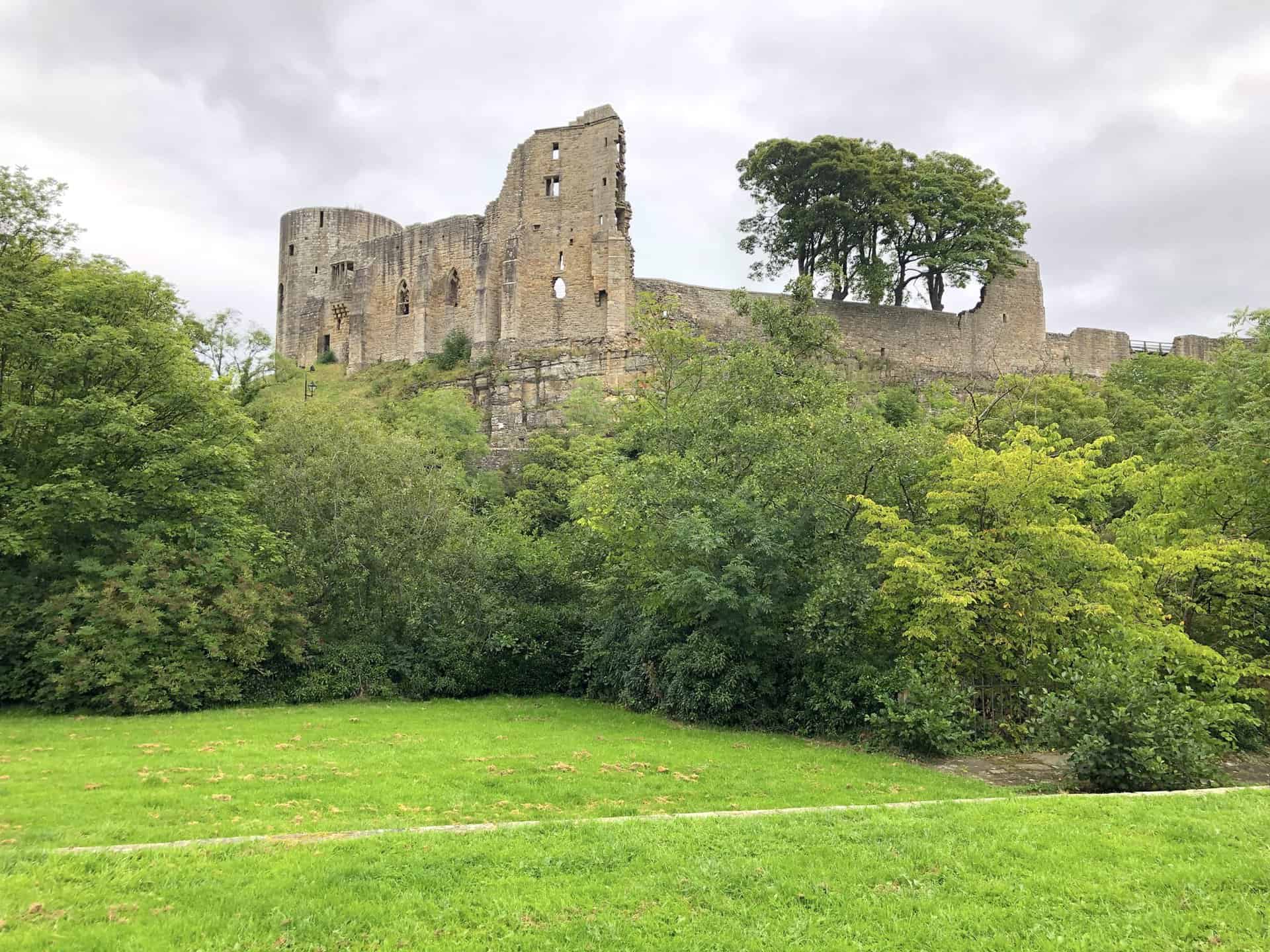

A unique perspective of Barnard Castle from Deepdale Aqueduct.

The Grade II listed Deepdale Aqueduct in Barnard Castle, constructed in the 1890s, is a Victorian cast-iron structure with a footbridge designed to transport water from the County Durham hills to Middlesbrough and Stockton-on-Tees. It’s a notable feature of this Barnard Castle walk.

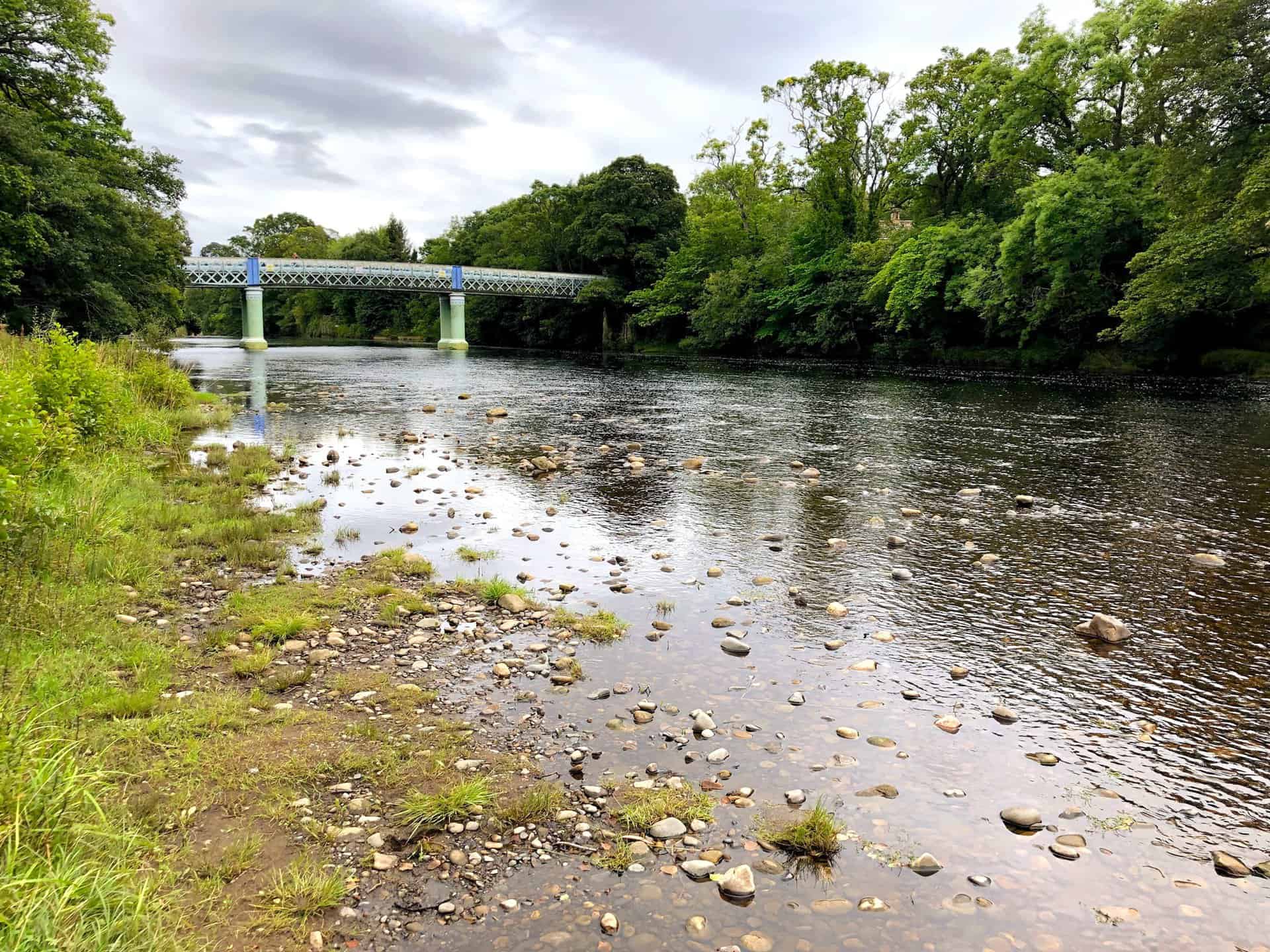
Mayhew’s Meadow in Lartington spans 15 acres, featuring a wildflower meadow and pond that support fungi, invertebrates, insect-eating birds, small mammals, birds of prey, and pollinators like bees and butterflies. The decline of such traditional meadows due to intensive farming has significantly impacted insect, bird, and mammal populations.
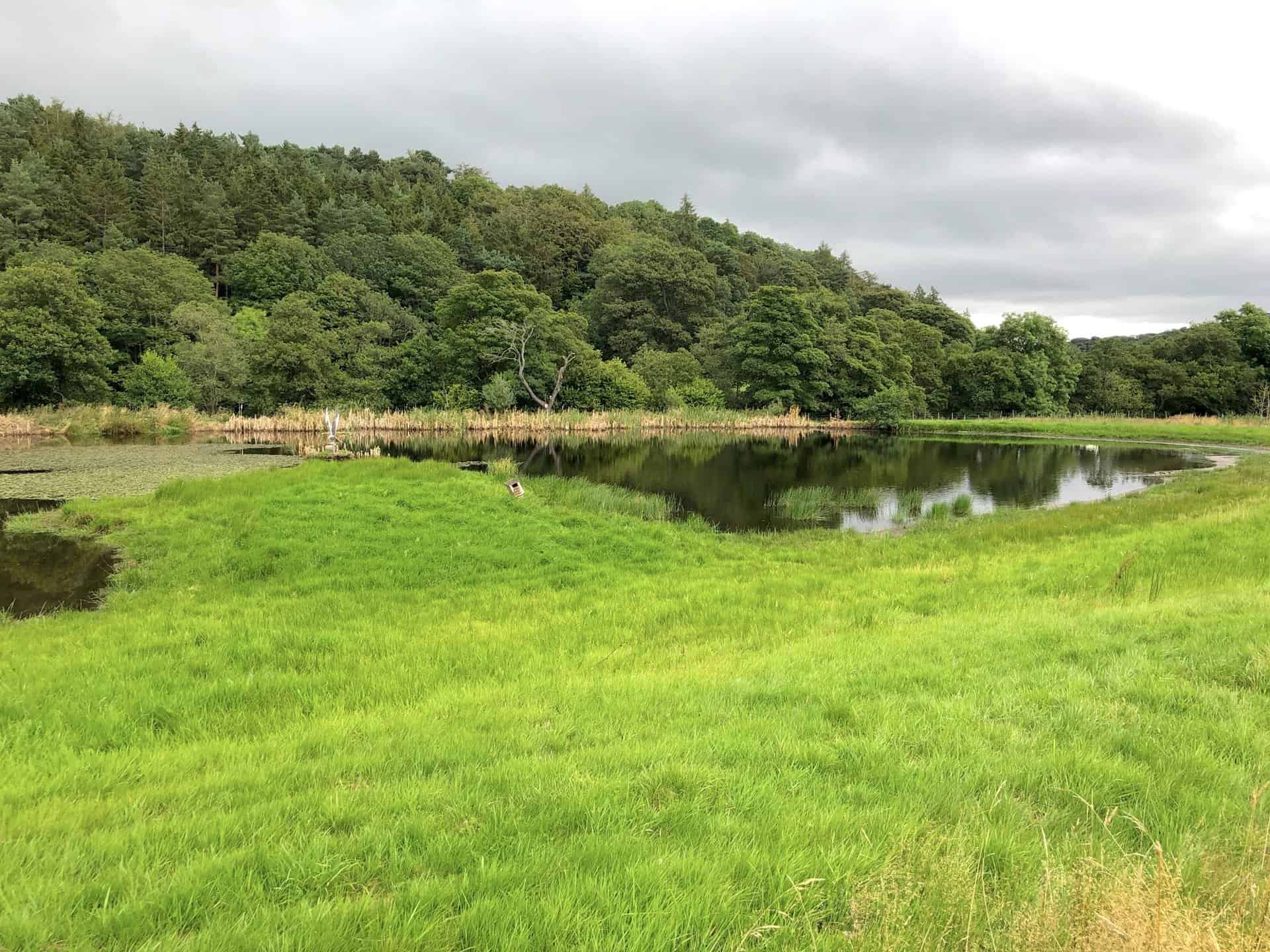


The Church of St Cuthbert in Cotherstone offers a tranquil respite on this Barnard Castle walk.

The village green in Cotherstone, emblematic of the area’s charm.


Friendly sheep greeting visitors as they traverse their field on this Barnard Castle walk, each neatly numbered.

The tranquil stretch of the River Tees between Cotherstone and Romaldkirk, ideal for a leisurely stroll.
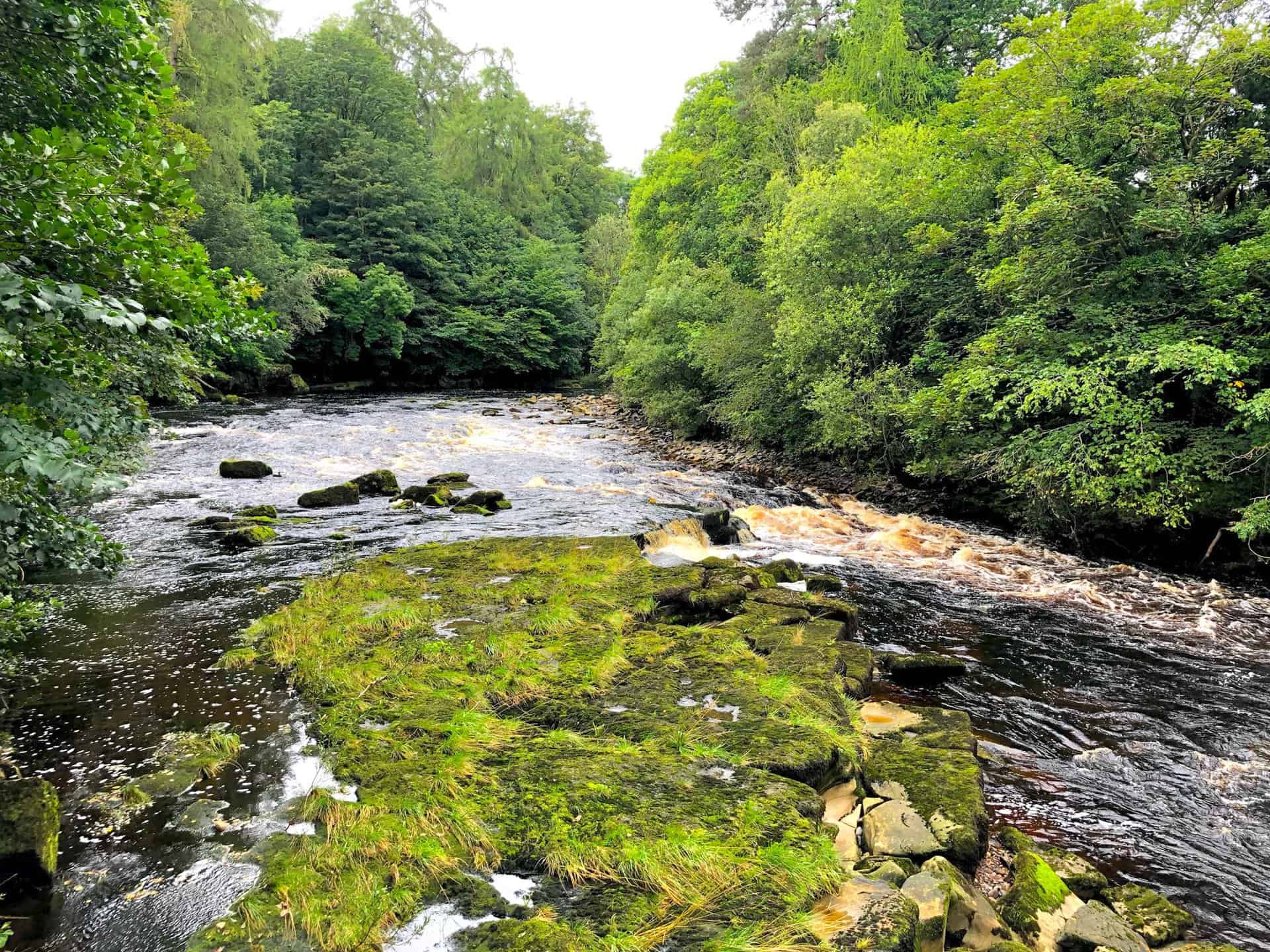
Romaldkirk, a picturesque village that serves as an ideal pause on this Barnard Castle walk.

The Church of St Romald in Romaldkirk, a historical beacon of the area.
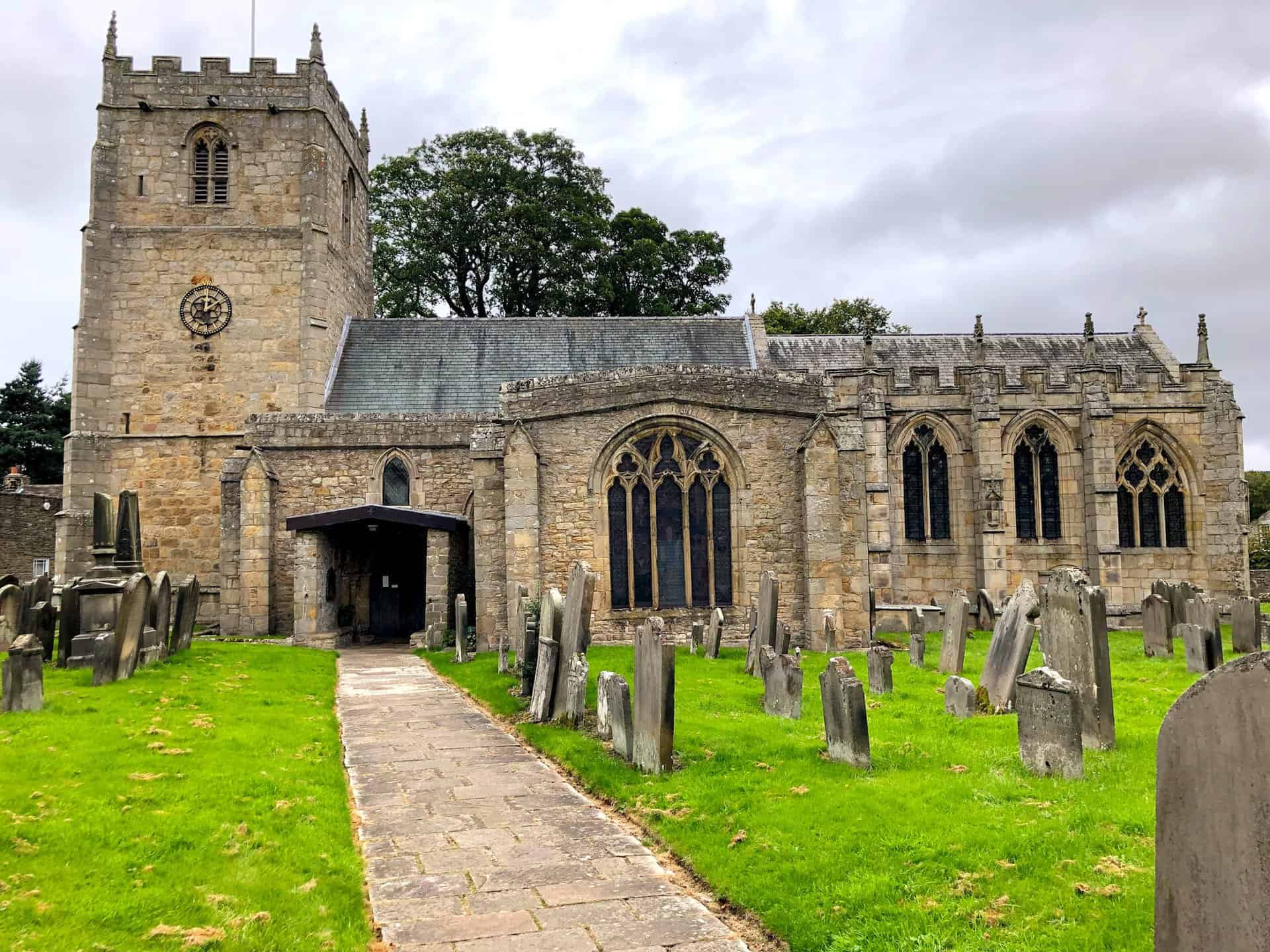
The glimpse of Eggleston Bridge and Eggleston Hall through the trees encapsulates the local heritage.

A stunning residence and its gardens near Eggleston Bridge, captivating for all who pass by.
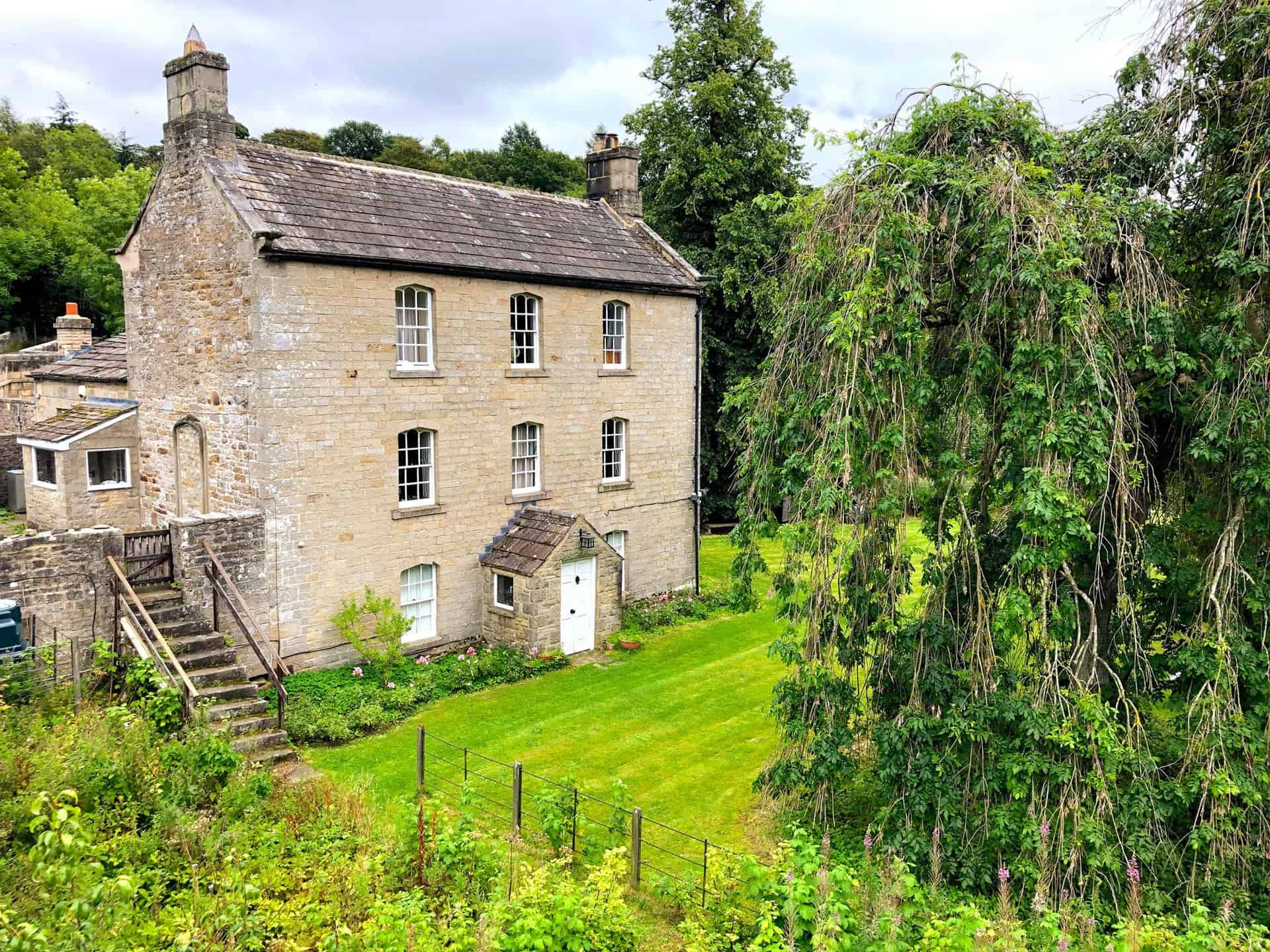
Eggleston Bridge, dating back to the 15th century but mostly rebuilt in the mid-17th century, carries the B6281 over the River Tees into Eggleston. This Grade II listed bridge is a historical landmark.

The River Tees as observed from Eggleston Bridge, highlighting the area’s natural splendour.
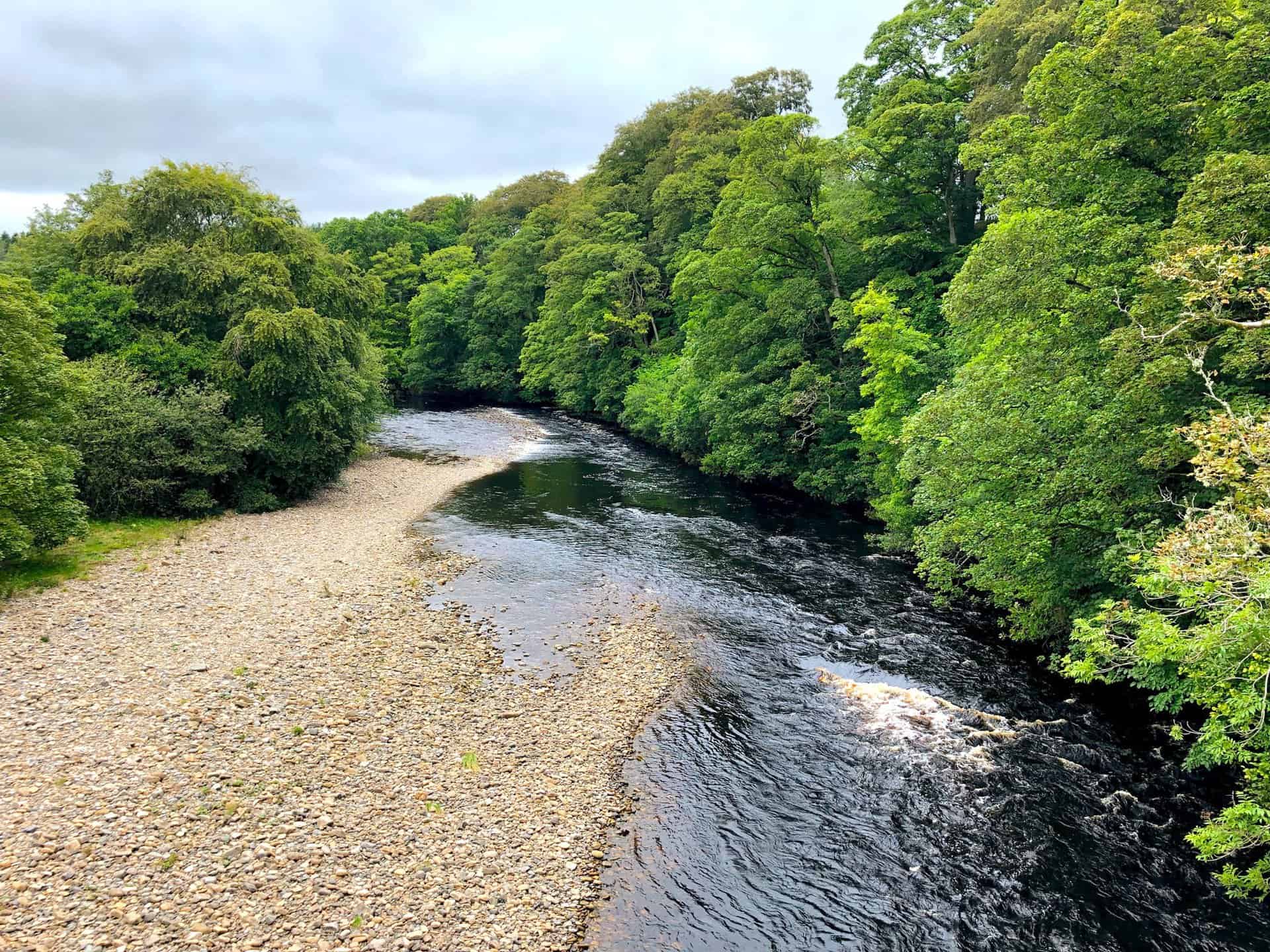
The River Tees near Cotherstone Crag, providing stunning vistas along this Barnard Castle walk.

Barnard Castle Weir
Completed in 2014, the weir is part of a gauging station that measures the depth and flow of the River Tees. The information is used to provide vital early flood warnings for people living downstream, and also in the management of river flows to help maintain a healthy water environment.
The previous weir, from 1963, had been a significant barrier to fish migration. The new Larinier fish pass has a series of baffles that slow the flow of the river. This allows Atlantic salmon and sea trout to move upstream to breed and downstream to live their adult lives at sea. Brown trout and grayling can now also move freely up and down the river.
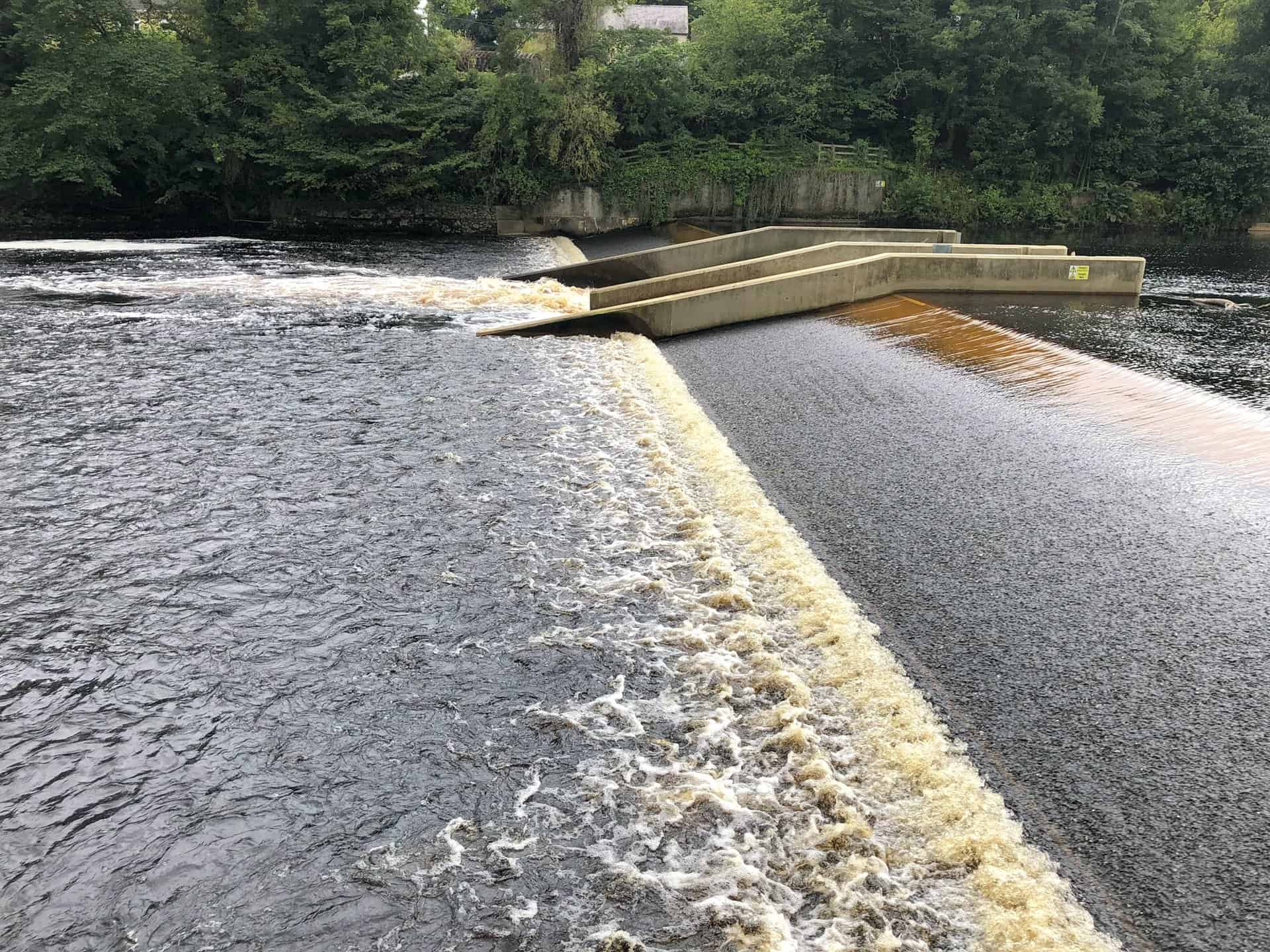
Amazon’s Top Walking Boots: Four Standout Choices for Men and Women
For walking and hiking, the right boots are essential for both comfort and safety. While Amazon boasts a wide range, certain boots emerge as top-sellers. From those, here are four I personally favour. As an Amazon affiliate, I may earn a small commission from any purchases made through the links provided. This helps support the upkeep of this website. Rest assured, you won’t pay a penny extra, but your purchase will contribute to keeping my site running smoothly. Happy walking!

Berghaus Men’s Hillmaster II Gore-Tex Walking Boots
These fully waterproof leather walking boots feature a Gore-Tex lining, ensuring no water enters whilst allowing feet to breathe and stay cool. Made from full-grain leather, they promise unmatched durability and comfort. The boots come with memory foam tongues and cuffs that mould to your feet for a tailored fit, and the Vibram Hillmaster outsoles offer confidence on challenging terrains.

Salewa Men’s Mountain Trainer Mid Gore-Tex Walking Boots
Made from durable suede and abrasion-resistant textile, these men’s hiking boots are both lightweight and sturdy. The upper material is enhanced by a 360° full rubber sheath. Their dual-layer midsole with Bilight technology ensures ergonomic cushioning and grip, especially on extended hikes. The Vibram Wrapping Thread Combi outsoles allow a natural walking feel, and the Gore-Tex lining provides waterproofing, breathability, and optimal weather protection. Furthermore, the patented Salewa 3F system ensures flexibility, a secure heel grip, and a blister-free fit.

Berghaus Women’s Supalite II Gore-Tex Walking Boots
Specially designed for women, these hiking boots offer waterproofing and breathability, thanks to their Gore-Tex lining. Crafted from full-grain abrasion-resistant leather, they’re durable enough for the toughest hikes. The Supalite soles ensure stability and traction, and the EVA midsoles add comfort for extended walks.

Merrell Women’s Moab 3 Mid Gore-Tex Walking Boots
These hiking boots incorporate a Gore-Tex waterproof membrane, blending breathability with superior waterproof performance. The combination of pigskin leather and mesh on the uppers, along with the suede outer material, ensure durability and style. Enhancements include 100% recycled laces, webbing, and mesh lining. Additionally, bellows tongues, protective toe caps, and Vibram TC5+ rubber soles ensure protection and ease on any terrain.